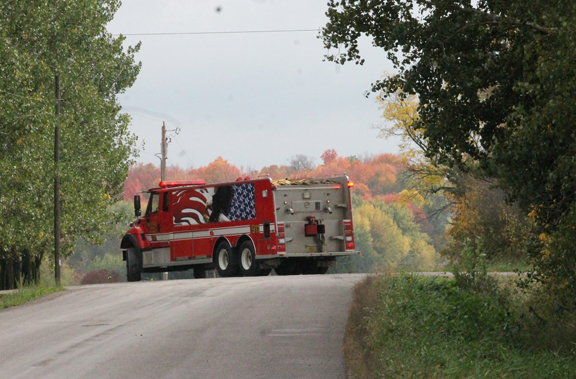Cornell moves toward diversified urban forest
The City of Cornell is continuing to implement their urban forestry tree management plan, as a lighter winter left more time for the city to work on the trees. People may notice trees are being removed as part of the plan.
City administrator Dave DeJongh says they are addressing ash trees on city property, in efforts to stem the spread of Emerald Ash Borer (EAB), as well as other trees deemed “marginal.”
“A few years back, we went through and had a forester go through and inventory our trees in the boulevards and parks, and city-owned trees,” said DeJongh.
The forester then provided recommendations in the form of a management plan for how to handle the different species and sizes of trees. As EAB moves through, most, or all, ash trees will die.
“At this point, we’re trying to get some of those (ash trees) taken down, so we’re not in a dead zone all at once,” said DeJongh.
The management plan also recommended the 56 healthiest and biggest ash trees on city property be treated with TREE-äge, a chemical treatment to prevent EAB infestation.
The plan also aims to remove trees that could cause public safety issues with dwellings and to reduce the likelihood of storm damage.
Crews were able harvest some of the trees as part of the plan and some of the larger trees that were not rotting out may be sold, as DeJongh says there is a market for them now.
DeJongh says the plan calls for a more diverse selection of trees to be replanted into the boulevards and other areas.
“Consider overhead lines, consider underground water and sewer pipes,” said DeJongh.
The management plan outlines species good for large, medium and small spaces, when replanting takes place.
The initial inventory of trees in Cornell showed maple, ash, pine and spruce trees were overrepresented in the urban forest, with maple making up nearly 40 percent of the tree population and ash 19.5 percent. Ideally, the forest should not be comprised of more than 10 percent from any one genus of tree, to minimise risk of population crash if an insect or disease were to attack a species.
Recommendations for action were based on the condition of trees, categorized from excellent condition to dead. The plan says Cornell’s goal should be no trees less than fair condition.

